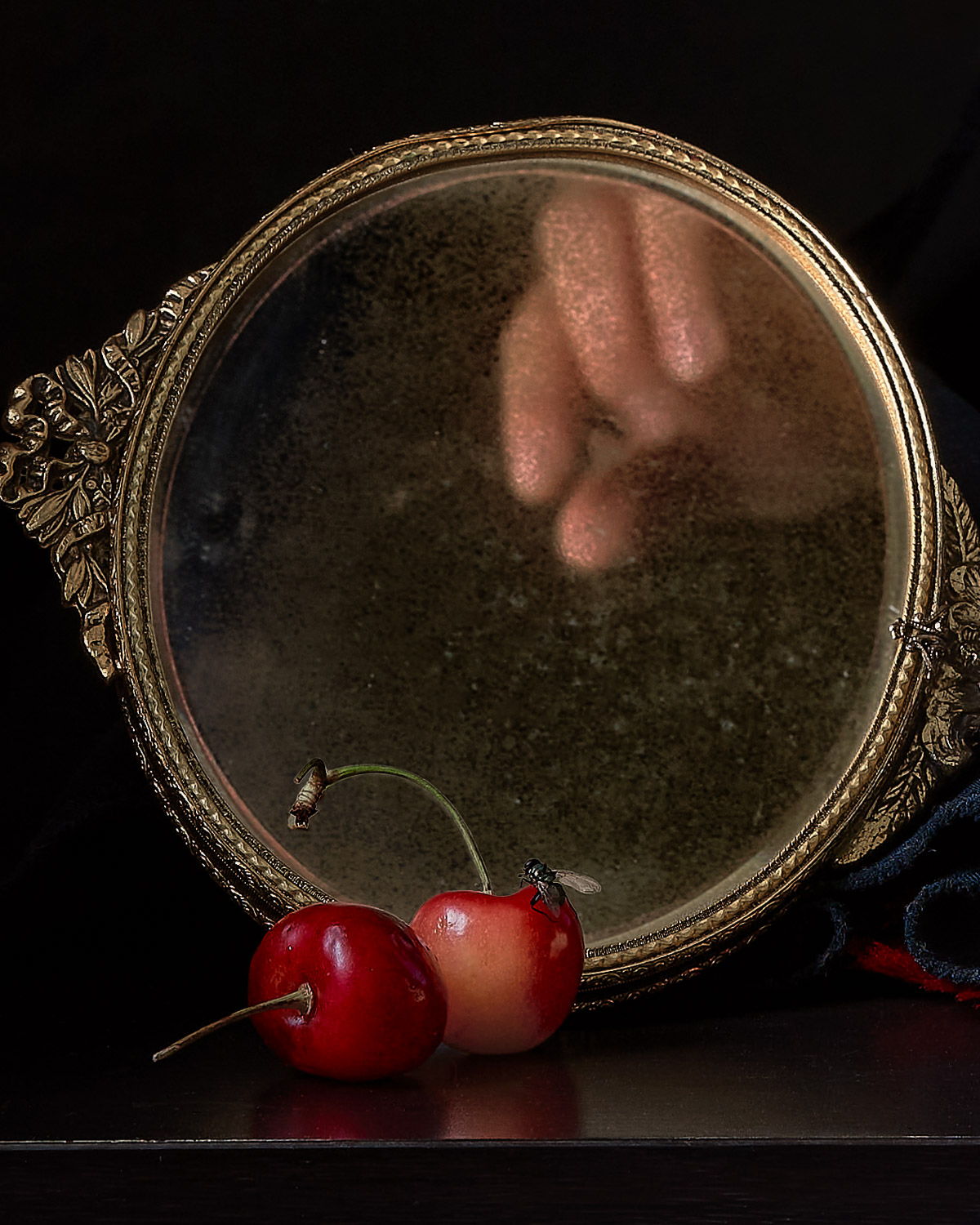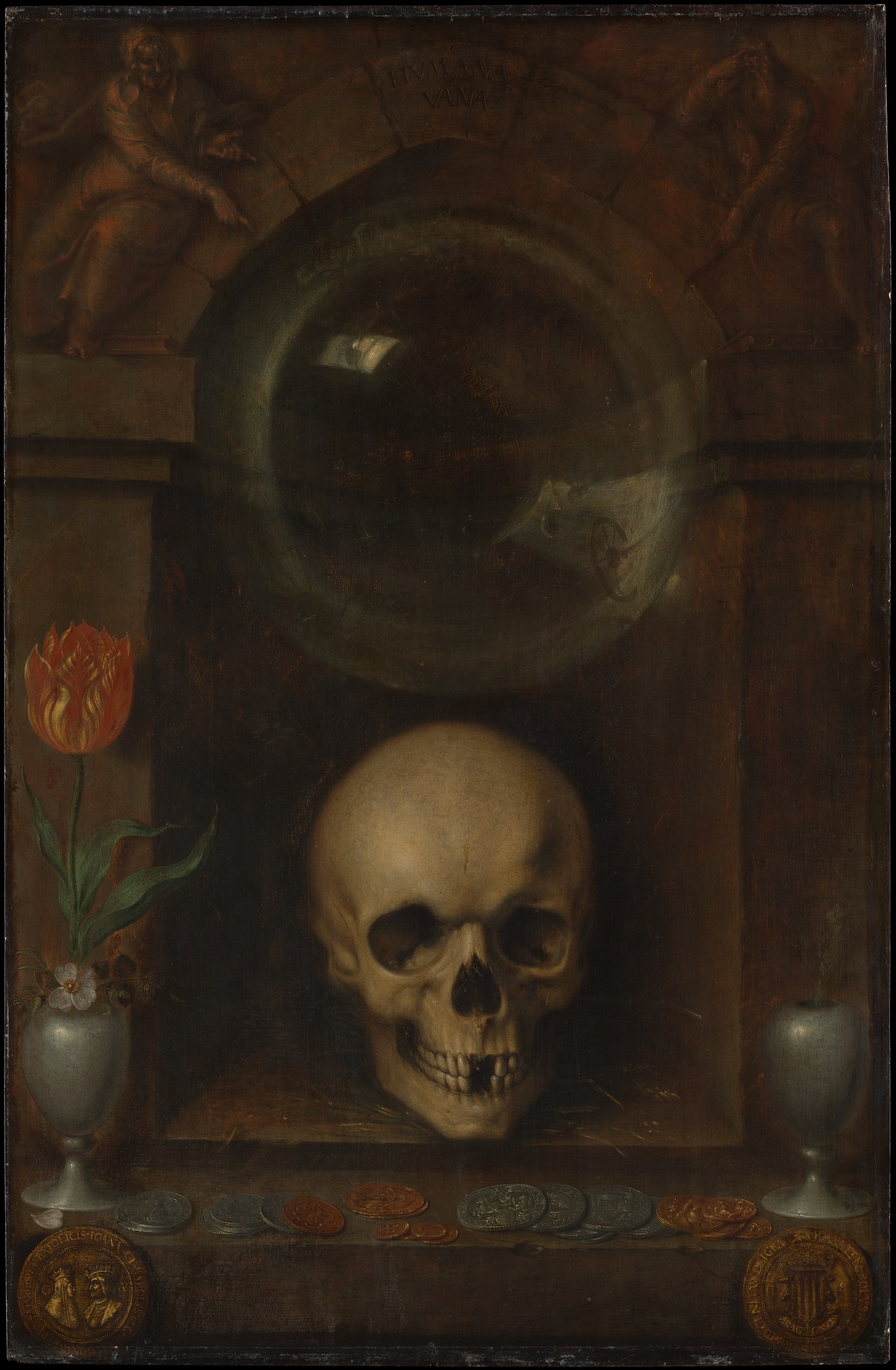VANITAS, 2021





1. Vanitas tradition
Vanitas paintings were a style of still life originally intended to remind the viewer of the worthlessness (and moral deficiencies) of earthly pleasures. Mirrors and skulls reminded viewers of their vanity and mortality. Pictured below is one of the earliest vanitas paintings: Jacques de Gheyn II’s Vanitas Still Life (1603, Netherlands).
2. Double gourds
are a symbol of immortality and longevity in Chinese mythology, often thought to be used by immortal gods to carry medicines.
3. Historical and contemporary vices
Vanitas incorporates historical and contemporary vices: opium (from poppy pods), gambling, and—my personal addiction—sugar, as seen by the rock sugar pieces.Sugarcane was first domesticated in India and southeast Asia (including in Taiwan). Sugar was then expanded via trade northward into the rest of Asia and later into Persia and the Mediterranean. It was introduced to the Americas in the late 15th century, and its popularity in the U.S. and Europe made sugar a cornerstone in the transatlantic trade of enslaved peoples. Today, non-white populations in the U.S. are at significantly higher risk for Type 2 diabetes (my own grandfather had Type 2 diabetes).